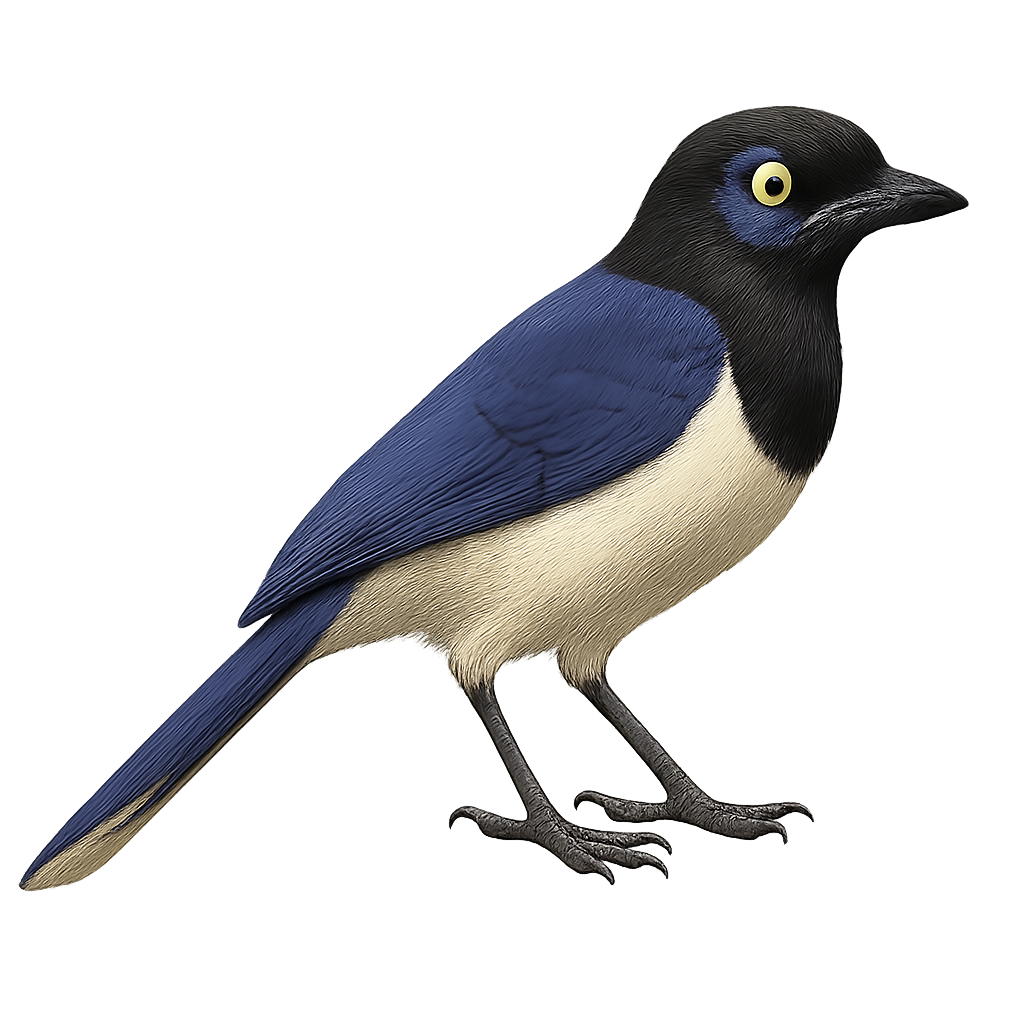Your wildlife photography guide.
Explore the white-throated magpie-jay in detail, study its behavior, prepare your shots.
Where to observe and photograph the white-throated magpie-jay in the wild
Learn where and when to spot the white-throated magpie-jay in the wild, how to identify the species based on distinctive features, and what natural environments it inhabits. The WildlifePhotographer app offers tailored photography tips that reflect the white-throated magpie-jay’s behavior, helping you capture better wildlife images. Explore the full species profile for key information including description, habitat, active periods, and approach techniques.
White-throated Magpie-Jay
Scientific name: Cyanocorax affinis

IUCN Status: Least Concern
Family: CORVIDAE
Group: Birds
Sensitivity to human approach: Suspicious
Minimum approach distance: 10 m
Courtship display: February to April
Incubation: 18-20 jours
Hatchings: February to May
Habitat:
dry tropical forests, humid tropical forests, forest edges
Activity period :
Primarily active during the day, with peak activity in the morning and late afternoon.
Identification and description:
The Cyanocorax affinis, or White-throated Magpie-Jay, is a striking bird known for its vivid blue plumage and distinctive white face with a black crest. It is primarily found in Central America, particularly in Costa Rica and Panama. This social bird lives in family groups and is noted for its intelligence and ability to mimic sounds. It inhabits tropical dry and humid forests, forest edges, and cultivated areas. The White-throated Magpie-Jay is omnivorous, feeding on fruits, insects, and occasionally small vertebrates. Its curious behavior and adaptability to human-altered environments make it a fascinating species to observe. Although not currently threatened, deforestation could impact its populations in the long term.
Recommended lens:
400 mm – adjust based on distance, desired framing (portrait or habitat), and approach conditions.
Photography tips:
To photograph the White-throated Magpie-Jay, focus on edge areas where it is easier to spot. Use a 400mm or longer telephoto lens to capture detailed shots of its colorful plumage without disturbing it. Be patient and discreet, as this suspicious bird may approach if you remain still. Take advantage of early morning hours when the light is soft to achieve natural color shots. Don't hesitate to experiment with different compositions to highlight its natural habitat.
The WildlifePhotographer App is coming soon!
Be the first to explore the best nature spots, track rutting seasons, log your observations, and observe more wildlife.
Already 1 439 wildlife lovers subscribed worldwide

